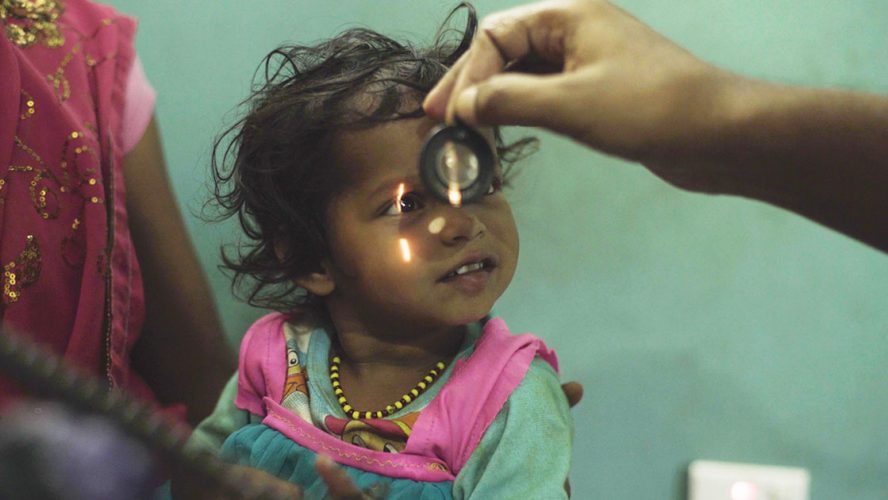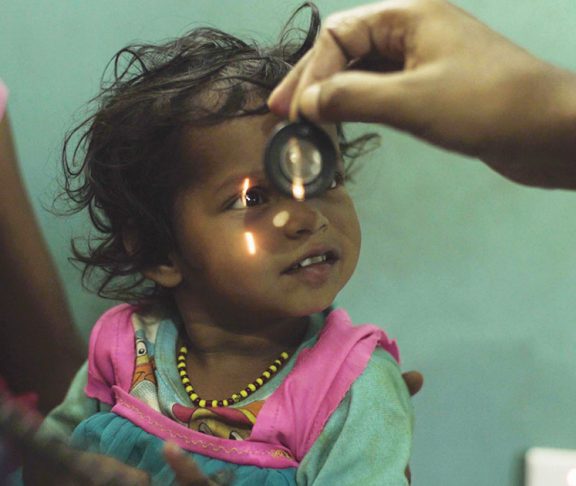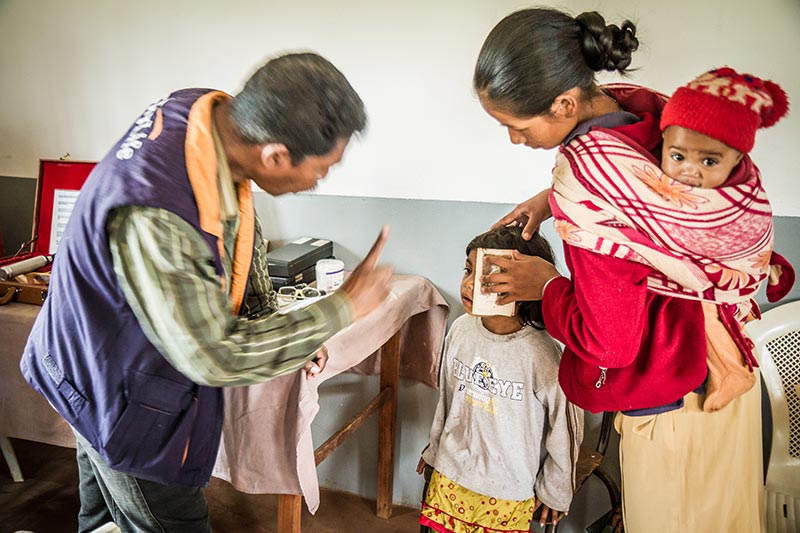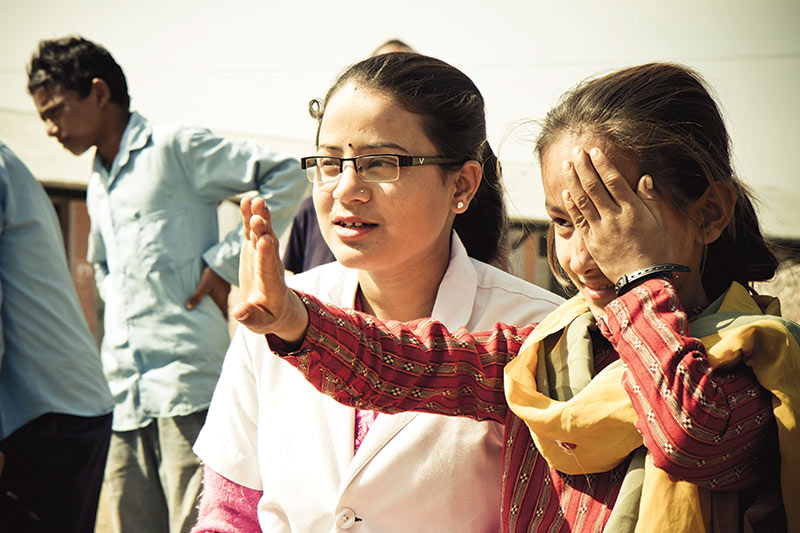For more than 250 million people around the world, blindness and vision impairment are a reality. Nearly 90% of those with a visual impairment live in developing countries, with limited access to vision care.
Blindness and poor vision can keep people trapped in vicious cycles of poverty. Vision loss limits childhood education and minimizes adult productivity, directly affecting individuals, families, and entire communities.
Incredibly, 80% of all vision impairment can be cured or prevented, and over a third of treatable blindness is caused by cataracts that are easily fixed. Since 1982, Seva Canada has transformed the lives of over five million people in communities with little or no access to eye care by restoring their sight. The organization focuses on increasing the capacity of local hospitals, supporting local training initiatives, and developing sustainable eye care programs that provide care now, and in the future.
A powerful ripple effect
“Restoring eyesight and preventing vision impairment has a ripple effect,” says Penny Lyons, Executive Director of Seva Canada. “People are able to better take care of their health, contribute to their communities, and lift their families out of poverty.”
This is especially true for women, who represent over half of the people living with vision impairment and blindness in developing countries. For Lin Seouth, her increasing vision loss made everyday tasks like cooking for her family harder and harder, and she soon became unable to care for them or fend for herself. A simple life-changing cataract surgery facilitated by Seva was all it took to restore Seouth’s vision. The excitement and gratitude from Seouth and her family were remarkable.
The case for gender equity
Social, economic, and cultural barriers often prevent visually-impaired women and girls in developing countries from getting the care they need. An astonishing two thirds of all children who are blind are girls, a fact that clearly points to the underlying obstacles and inequity at play.
“Lack of access to eye care services is strongly associated with lack of socioeconomic status, lack of education and financial resources, and limited decision-making power,” says Lyons. “Young girls are even more at risk since they’re children and can’t advocate for themselves. Yet we know that for every additional year a girl stays in school, her income will rise by 10%–20%.”
Seva Canada will continue to work hard, with the support of Canadians, to ensure that everyone, including women, children, and people living in extreme poverty and isolation, has an equal right to sight.
By providing its local partners with everything from training to supplies and funding surgeries, glasses, and medicine, Seva Canada’s eye care programs are high-quality, self-sufficient, and self-sustaining in terms of both human and financial resources. However, to achieve its vision of a world in which no one is needlessly blind or visually-impaired, there’s much work that needs to be done to provide eye care to meet the growing and aging population’s needs.





